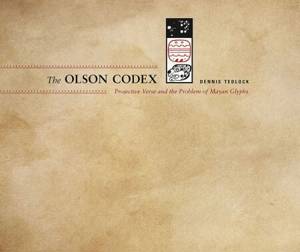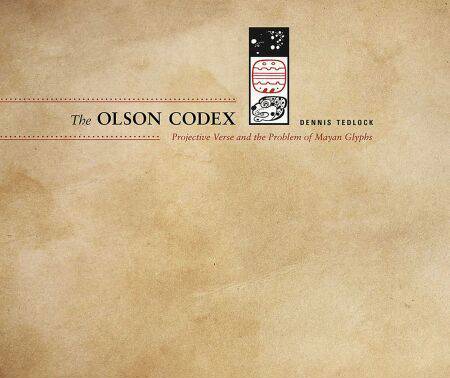
Bedankt voor het vertrouwen het afgelopen jaar! Om jou te bedanken bieden we GRATIS verzending (in België) aan op alles gedurende de hele maand januari.
- Afhalen na 1 uur in een winkel met voorraad
- In januari gratis thuislevering in België
- Ruim aanbod met 7 miljoen producten
Bedankt voor het vertrouwen het afgelopen jaar! Om jou te bedanken bieden we GRATIS verzending (in België) aan op alles gedurende de hele maand januari.
- Afhalen na 1 uur in een winkel met voorraad
- In januari gratis thuislevering in België
- Ruim aanbod met 7 miljoen producten
Zoeken
€ 34,66
+ 34 punten
Uitvoering
Omschrijving
This exploration of the influence of Mayan hieroglyphics on the great American poet Charles Olson (1910–1970) is an important document in the history of New World verse. Olson spent six months in the Yucatan in 1951 studying Maya culture and language, an interlude that has been largely overlooked by students of his work. Like Olson and Robert Creeley, Olson’s disciple who published Olson’s letters from Mexico, the poet Dennis Tedlock taught at the University of Buffalo. Unlike his two predecessors, Tedlock was also a scholar of Maya language and culture, renowned for his translations from indigenous American languages, notably the Popul Vuh, the Maya creation story. In The Olson Codex, Tedlock describes and examines Olson’s efforts to decipher Mayan hieroglyphics, giving Olson’s work in Mexico the place it deserves within twentieth-century poetry and poetics.
Specificaties
Betrokkenen
- Auteur(s):
- Uitgeverij:
Inhoud
- Aantal bladzijden:
- 96
- Taal:
- Engels
- Reeks:
Eigenschappen
- Productcode (EAN):
- 9780826357199
- Verschijningsdatum:
- 14/05/2017
- Uitvoering:
- E-book
- Beveiligd met:
- Adobe DRM
- Formaat:
- ePub

Alleen bij Standaard Boekhandel
+ 34 punten op je klantenkaart van Standaard Boekhandel
Beoordelingen
We publiceren alleen reviews die voldoen aan de voorwaarden voor reviews. Bekijk onze voorwaarden voor reviews.









